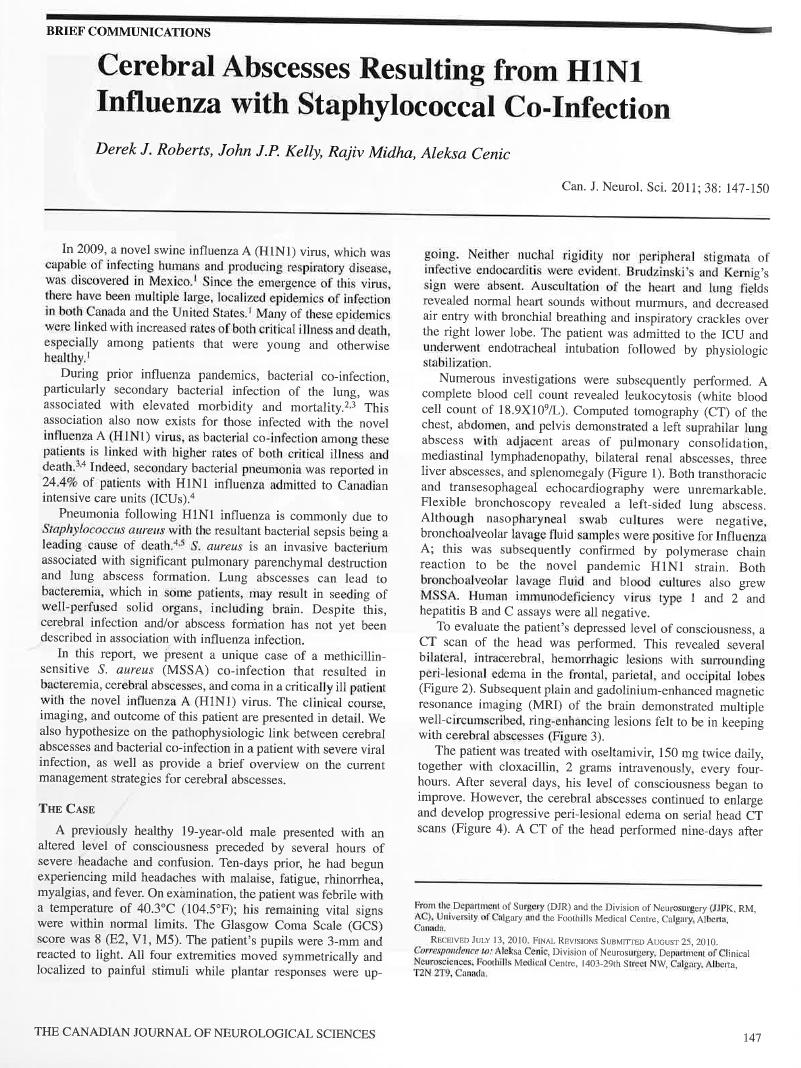Crossref Citations
This article has been cited by the following publications. This list is generated based on data provided by Crossref.
Zeng, Hongwu
Quinet, Stephen
Huang, Wenxian
Gan, Yungen
Han, Chunxi
He, Yanxia
and
Wang, Yonker
2013.
Clinical and MRI features of neurological complications after influenza A (H1N1) infection in critically ill children.
Pediatric Radiology,
Vol. 43,
Issue. 9,
p.
1182.





